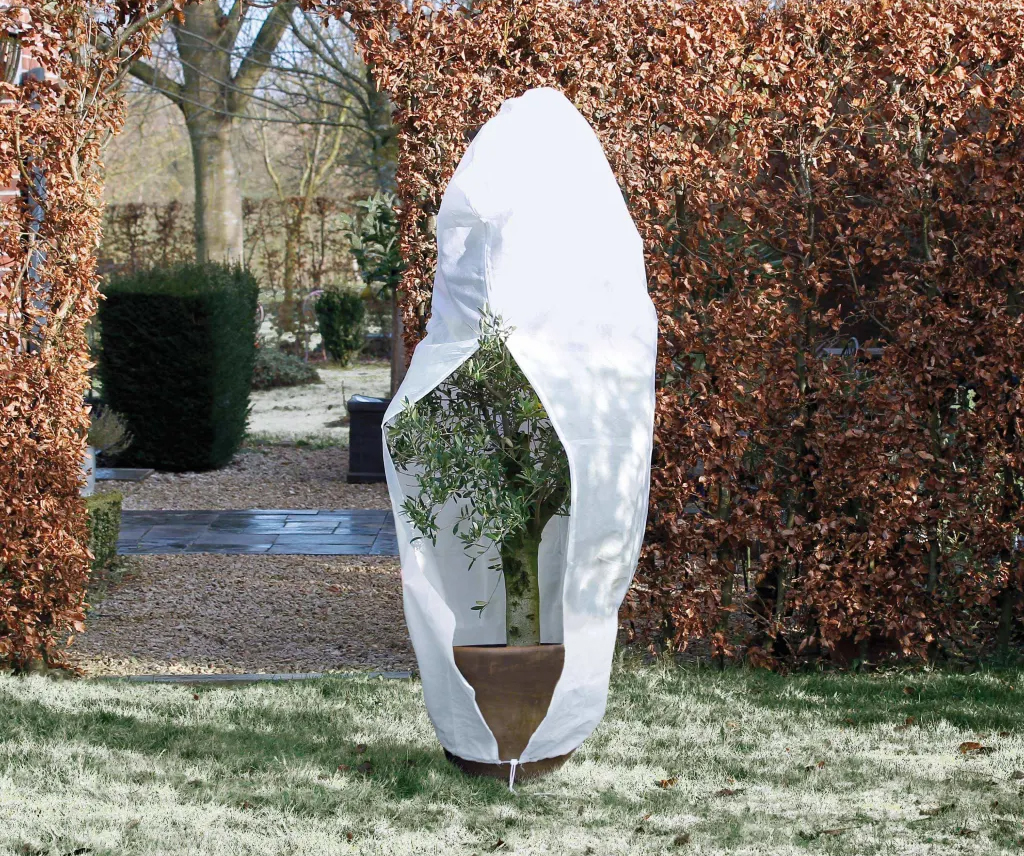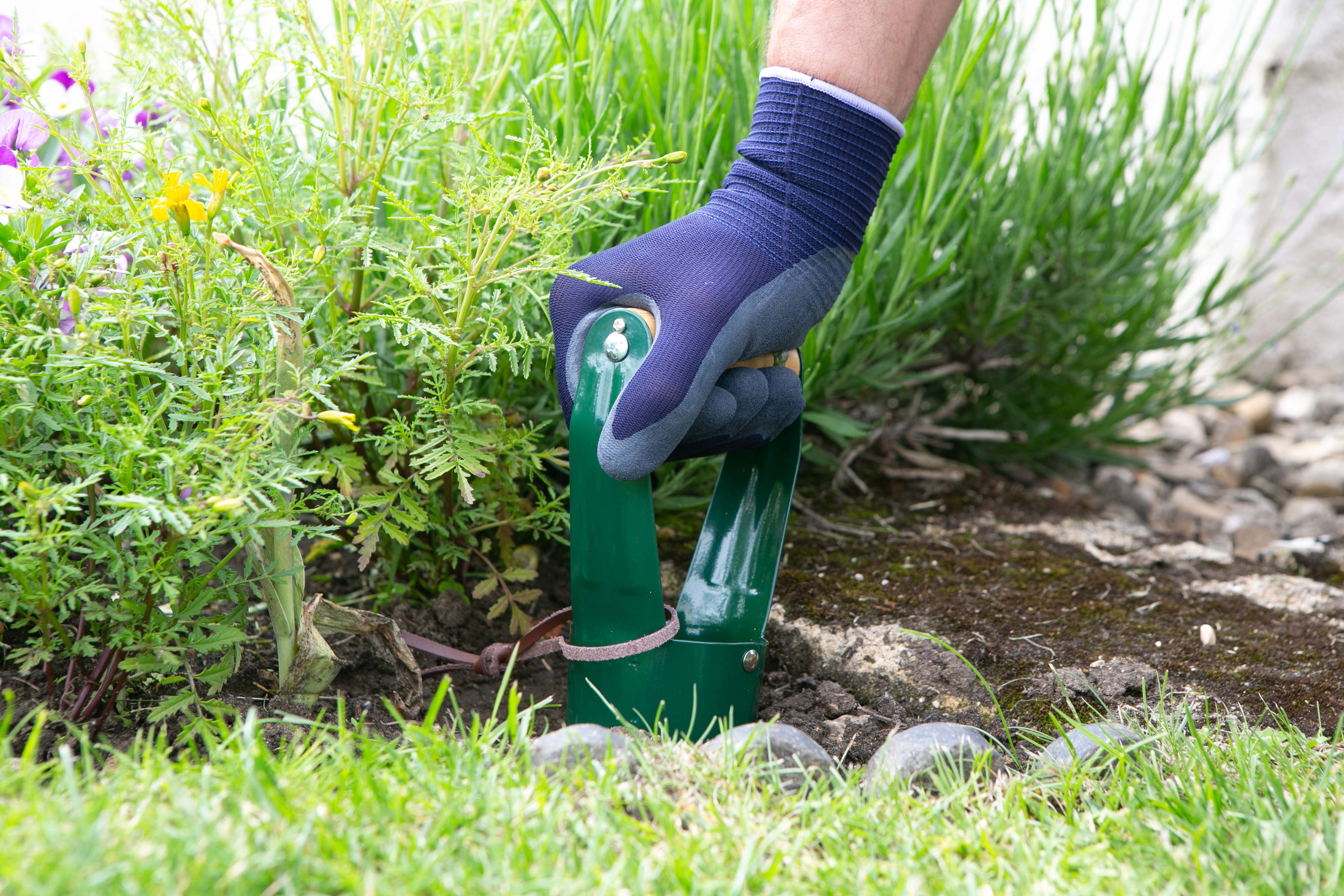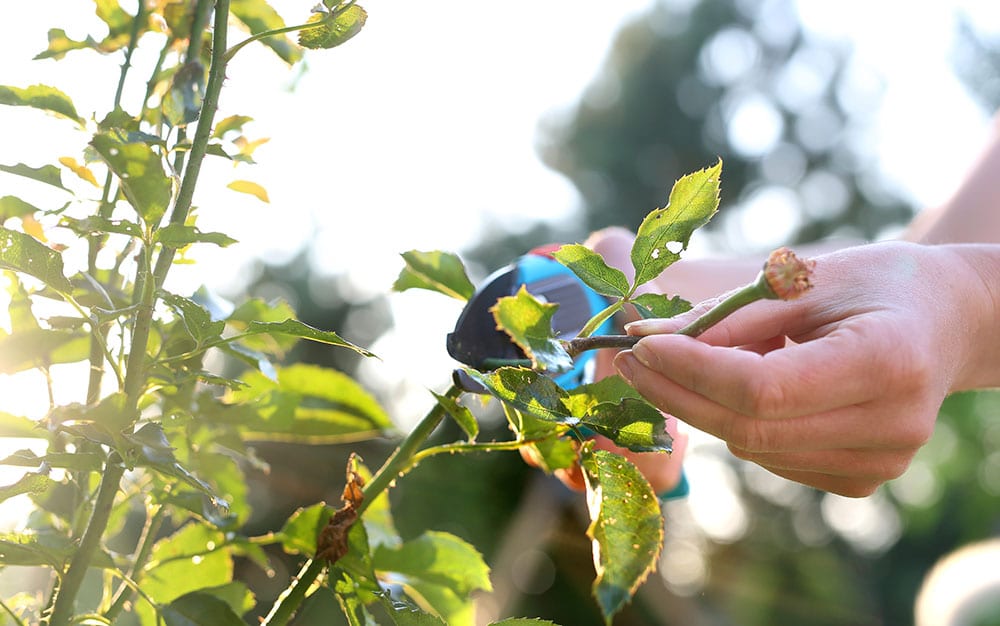October Easy-Gardening Tips
As the cold breath of autumn blows into our gardens, lifting a kaleidoscope of leaves from the trees, our natural tendency is to hanker down for the coming winter. However, even with everything slowing down, October is still a busy time for the gardener with important preparation for not only the approaching frosts but also thinking ahead to the riot of spring and how to lay the foundations for abundant future growth. Here we take a look at all the jobs you’ll want to have on your gardening ‘to do’ list this month. It’s certainly a mixed bag but all of it is rewarding in its own way, with a satisfaction in tidying up and cutting back as part of the annual cycle of decay at this time of year. So let’s keep our fingers crossed for blue skies and crisp weekends that will allow us to make the most of October gardening.
Wrapping up your plants for winter 
Snow, frost or even a heavy downpour can destroy your favourite plants over the colder months so it is important to wrap them up snugly against the elements and ideally do this in October before bitter temperatures are likely to bite. Indeed, as water freezes and expands, it can burst the cell structure in the plant causing damage or even killing your plants. And if you favour Mediterranean specimens, even a light frost that kicks in at around five degrees centigrade can mean your plants need protection against harsher British temperatures.
If we start with more tender perennials such as succulents, including aeoniums and echeverias, our recommendation would be to either winter them in a greenhouse or, if you don’t have one, use a conservatory or a warm window should suffice. Even just elevating them on garden furniture or a bench and protecting them from the rain under a porch or the overhang of a roof is better than leaving them completely exposed. For extra warmth outside, also think about the micro-climate that exists around your house; for example, in front of a window or bi-fold doors will deliver a little of the heat from escaping from your home, even if you are well-insulated.
Turning our attention to certain varieties of bushes and trees such as heat-loving citrus and olive, as well as banana and tree fern, we think that investing in some horticultural fleece is invaluable. You can choose different grades that offer protection against increasingly low temperatures with a heavy duty variety keeping your plants safe down to minus 10 degrees centigrade. Rot prevention is another advantage of using a fleece as it will protect against the higher level of rainfall that is challenging to species from drier climates, especially as our winters are seemingly becoming wetter as well as windier. This warmth and protection, however, is fortunately not at the expense of light and air as fleeces still allow plenty of both though an open weave.
 Planting spring bulbs naturally under trees or across lawns
Planting spring bulbs naturally under trees or across lawns
Why not bring your grassy areas to life in a delightfully natural way next spring simply by planting them with bulbs this October? Choose from crocus, snow drops or even Wordsworth’s classic ‘host of golden daffodils’ and then armed with a spade, trowel and bulb planter if you have one (a big stick may even suffice), just select the spot that is best suited to an informal display.
Once you have chosen the preferred place, make a small hole in the grass to the recommended depth (normally about three times the size of the bulb), remove the turf ‘plug’ you’ve created and position the bulb snugly inside (obviously with the growing end facing upwards), using the soil from the plug to fill the hole back in once you’ve finished. For tiny bulbs, you can dig a flap in the turf by using a C shape that you mark out with the spade first, then just slide the spade under the turf and pull it back to expose the soil before scattering the bulbs, flipping the turf back into position before watering in.
You could also consider clustering your bulbs together in small pockets for an even more natural feel. It is so simple to and yet so effective when the bulbs spring into life.
Taking cuttings from ornamental shrubs and shrubs
 Hardwood cuttings are normally taken in early spring or around October time and as shrubs, bushes and trees are an expensive backbone of a beautifully designed garden, growing your own can save a small fortune. The mother plant will be more protected if you undertake the task during the recommended period and it can really only be done on deciduous varieties that shed their leaves every year such as viburnum and forsythia. Although the task may seem daunting at first, it really is very straightforward and the results very rewarding.
Hardwood cuttings are normally taken in early spring or around October time and as shrubs, bushes and trees are an expensive backbone of a beautifully designed garden, growing your own can save a small fortune. The mother plant will be more protected if you undertake the task during the recommended period and it can really only be done on deciduous varieties that shed their leaves every year such as viburnum and forsythia. Although the task may seem daunting at first, it really is very straightforward and the results very rewarding.
Firstly, cut a stem or branch that is around 30cm long and trim the end off with a straight cut, just below a leaf bud before also cutting the top off at an angle (so the rain will run off) leaving at least three or four leaf buds in total. The final cutting should be at least half of the original length. Then enrich with rooting hormone such as Clonex, before placing in a pot of compost or organic matter (with about two thirds below the surface) and wrapping in a plastic bag. Leave in a sunny, warm spot with indirect sunlight for a couple of weeks. Check that roots have developed before removing the plastic and stay patient for the warmer weather next spring or even until next autumn before planting out.
A whole host of varieties can be treated in this way from shrubs such as buddleja and cornus to climbers including jasmine and honeysuckle, fruit trees such as fig, mulberry and blackcurrants and even willows and poplars. With a little effort, you could have a successful propagation station in no time!
TOP 10 TIPS FOR OCTOBER
![]() Now that hanging baskets or containers are well past their prime, empty them out and add contents to the compost bin
Now that hanging baskets or containers are well past their prime, empty them out and add contents to the compost bin
![]()
Think about your displays for next spring and sow sweet peas for early flowering
![]() Make the most of bulb-planting window with tulips, daffodils and hyacinths
Make the most of bulb-planting window with tulips, daffodils and hyacinths
![]()
Pot up and move tender perennials to more sheltered spots and even inside to a greenhouse or conservatory
![]() Use horticultural fleece to wrap up and protect specimen trees and bushes such as banana, tree ferns, citrus and olives
Use horticultural fleece to wrap up and protect specimen trees and bushes such as banana, tree ferns, citrus and olives
![]()
Rake up autumn leaves or use your leaf blower to make piles that can be more easily add to your compost heap
![]()
If you have a blower vac with a shredder function, use the leaf mulch that it produces to spread around the base of plants, avoiding the stems and leaves directly, to retain moisture and protect them from
![]()
Multiply your ornamental tree and shrub specimens, following our simple steps above to take hardwood cuttings
![]() If you’ve not yet had the chance to do so, make sure you replenish your lawn post summer heat and seasonal wear and tear using a specialist feed
If you’ve not yet had the chance to do so, make sure you replenish your lawn post summer heat and seasonal wear and tear using a specialist feed
![]() Lift dahlias and begonia tubers and gladioli corms ready to store in a dry, dark spot for winter
Lift dahlias and begonia tubers and gladioli corms ready to store in a dry, dark spot for winter

Dizzy admires the golden beauty of the ancient oak in October

